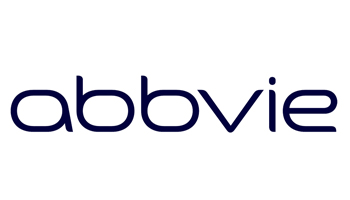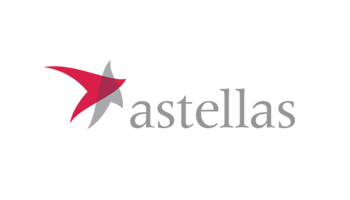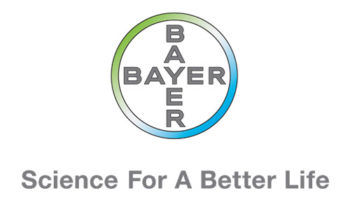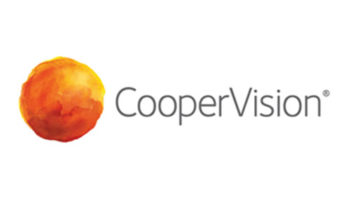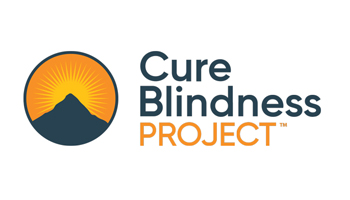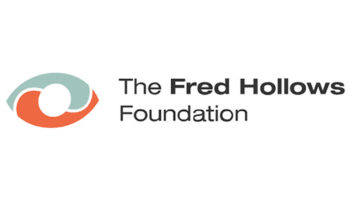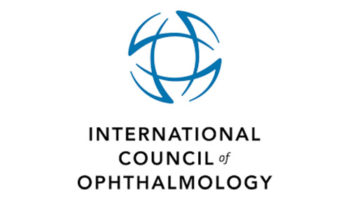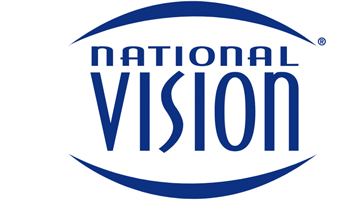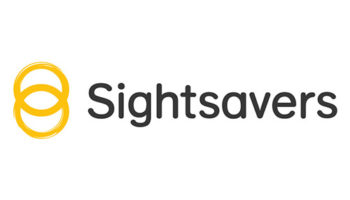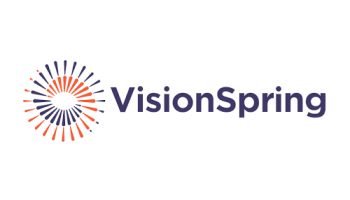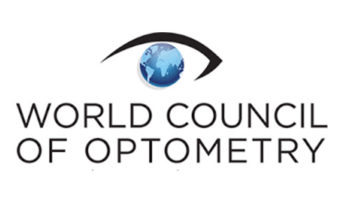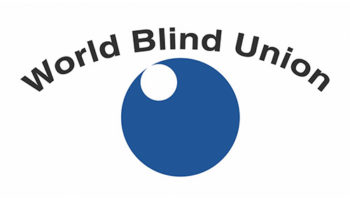After you complete Unit 1, we will invite you to continue to Units 2 to 4.
Over these three units, we will move through the steps towards IPEC, using a case study based on a fictional country, Nortana.
You will play the role of Clara, the Country Manager for an eye health NGO. You will participate in meetings and help guide the team towards a strategic plan for IPEC implementation.
Given the situation in each country is different, you’ll also be invited to consider your own setting.
In unit 2, you’ll work with the team to:
- Choose first steps and include key stakeholders
- Advocate and initiate a policy dialogue with key stakeholders
- Review World Health Organization’s Eye Care Situational Analysis Tool (ECSAT) results




